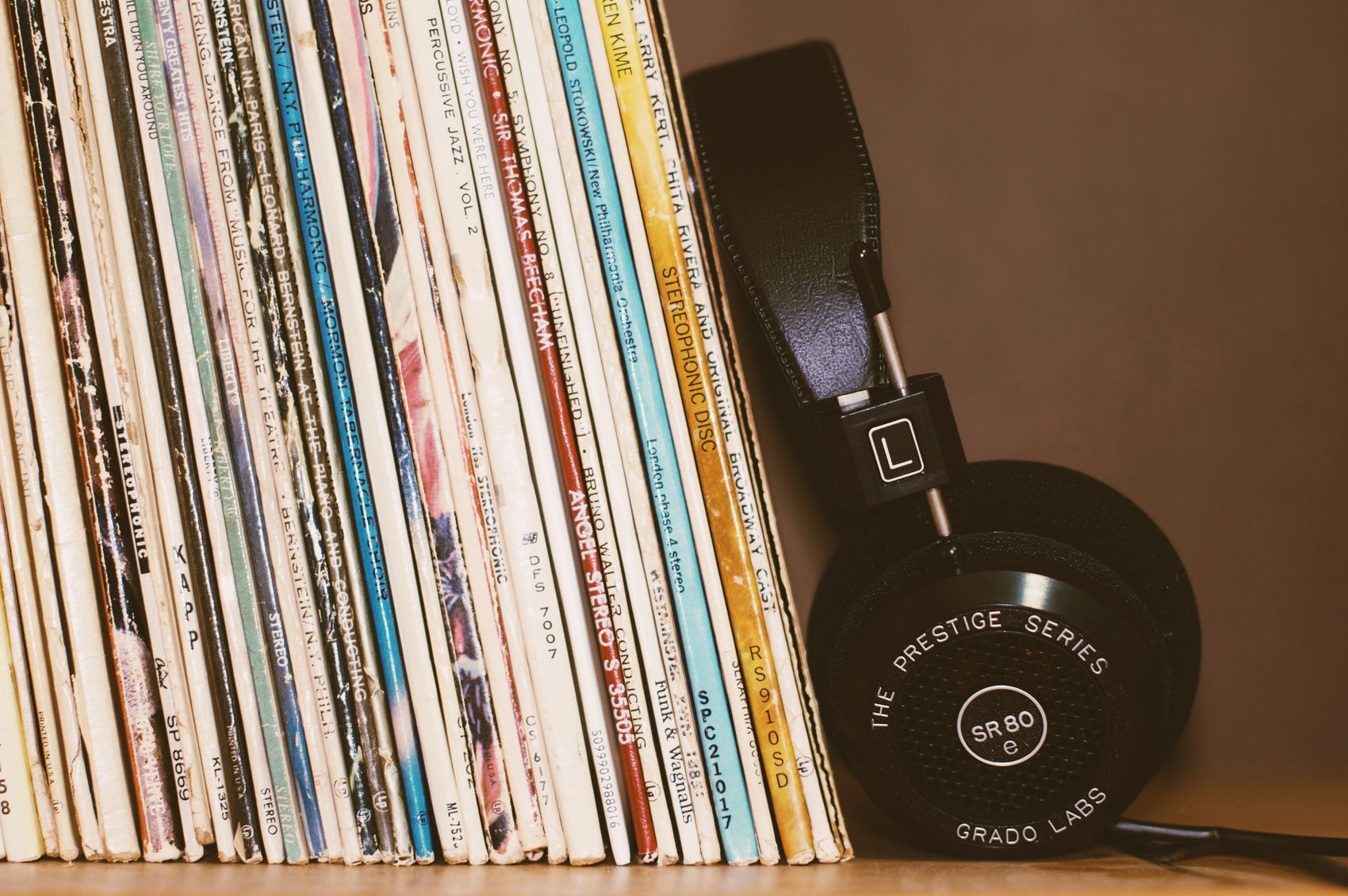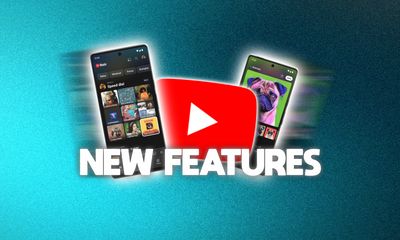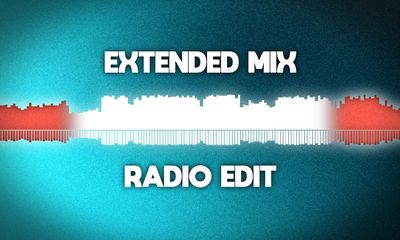A New Label Story - Part 2: Your first release
Today comes the second part of the series "A New Label Story". If you haven't read the first part yet, you can do so here. The first part was about starting a new label and why digital music distribution is nowadays a good idea. Today we're talking about how to publish your music and what you can look out for to make sure everything runs perfectly.
You just finished recording, mixing and mastering your music. You've worked hard on your music for weeks, months, or even years. You have found your music distributor. Now finally comes the happy moment when you’re ready to release your music to the world. For this big moment, we want to help you make sure everything goes smoothly and give you tips & tricks to make your first release a full success.

What exactly you need and what steps you need to follow doesn't seem so easy at first sight. That's why you have your digital music distributor - ideally, they should give you access to an easy to use web-platform where you will be guided through the upload and submission process one step after another. For dig dis! that’s our tool rokket! - an easy to use tool that automatically checks and verifies whether the data you have filled in is optimized for usage on all relevant streaming and download platforms around the world.
Here you'll find everything you need to check off your list to get your release done with more “yes” and less stress. As an example on how this could look like, we’ll focus on using rokket! to outline how simple it can be to go through the whole product submission process.

Before we begin, there is one more important thing: Build a catalog of releases first before uploading your very first release because especially as a new label, you will want to have a steady output.
Tracks and their metadata
How many tracks you want to have on your first release is up to you. More important is to make contracts / agreements with the artists you sign to your label - you never know how things will turn out and making contracts makes your label look professional and will cover any problems that might come up over time.
Metadata is something important for your release, especially for your tracks. It may sound way too technical at first sight, but metadata makes your music discoverable on the internet - especially in digital music stores.
First and foremost: Naming your tracks. One of the most important things in naming a track is that you choose a name that is fitting to your music. Think of a cool, maybe catchy name. Something that will spark some interest in your listeners and one that maybe distinguishes itself from all the other tracks..
If you use rokket! to upload your tracks, any name you use will be automatically corrected to the various shop guidelines one of them being case sensitivity
Even choosing the language of the title is done automatically - rokket! detects the most likely language of your chosen track name and enters it for you.
Next up - artists. When you insert the artist name, our system will automatically search for the Spotify URI. Spotify is now one of the most important stores and this procedure of dig dis! will guarantee that the release will appear directly on the right profile without Spotify doing a free guess no which profile is correct If the artist has not been released anywhere yet, you can simply mark it as a "New Artist'' and a new profile will be created for all stores.
We talked about this in more detail in this blog post here - feel free to check it out: Spotify Artists IDs.
Tracklist
In the next step you can easily determine the order of your tracks with rokket!. Put your best track at the top of the track list. Usually the first track is the first thing a customer hears from your release. The first impression is the most important - make it count!
Releases and their format
After you're done with the tracks and track order, it's about the release itself. Each track must be packaged in a product - even a single.
Releases with 1 to 3 tracks are called singles, while EPs have 4 to 6 tracks and albums have more than 7 tracks. But don't worry: you don't have to count! We have already entered the correct product format for you. If you use rokket!the format will be automatically set for you - no need to memorize this stuff!
Design your artwork
Artwork is also the first thing your fans will see. Therefore, it should be appealing and optimized for smaller ads, like many stores use on their front pages. Also, artwork is often the only visual element you can control in the digital music store. Every release is shown in the same format and font. So your art matters and it's the only thing to stand out from others. One important information that should be on the artwork is the name of the artist and the name of the release. But don't put too much info on it. Your artwork should give a brief insight into the direction the release will take. There are also a few requirements that it needs to follow. You can read the exact requirements here.

The date of the release mattered
The best day for a release is Friday. Besides the actual release date, you can also specify a pre-order or pre-release dates, for example on Spotify or Beatport. Pre-releasing your products exclusively on certain stores will increase your chances of getting a feature. In the next blog post, we'll go into more detail and explain how to start a good promo.
Check twice and release once!
Finally, it would be important to check the release for errors. Are the artist names spelled correctly? Were the correct audio files uploaded? Of course, you can correct minor things after the product is released, but it's nice when the release hits the stores error-free. Our friendly support team is always there for you so if you want to get some help - feel free to reach out!
After you submit your release, you can relax - congratulations! That’s how easy submitting your new release was.
We hope this article about setting up your first release was helpful!
Stay tuned for the next article where we will go into detail about “How to promote your music”.



